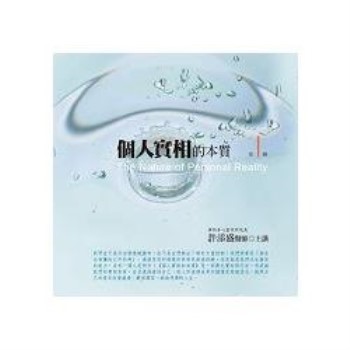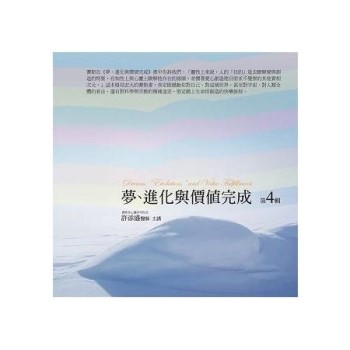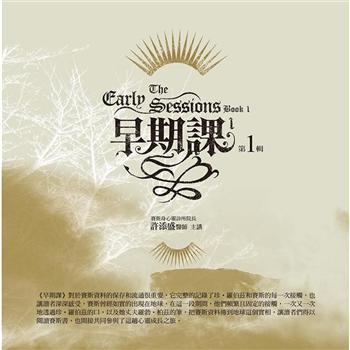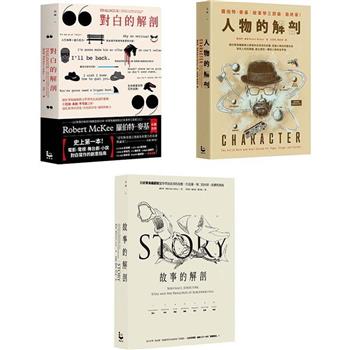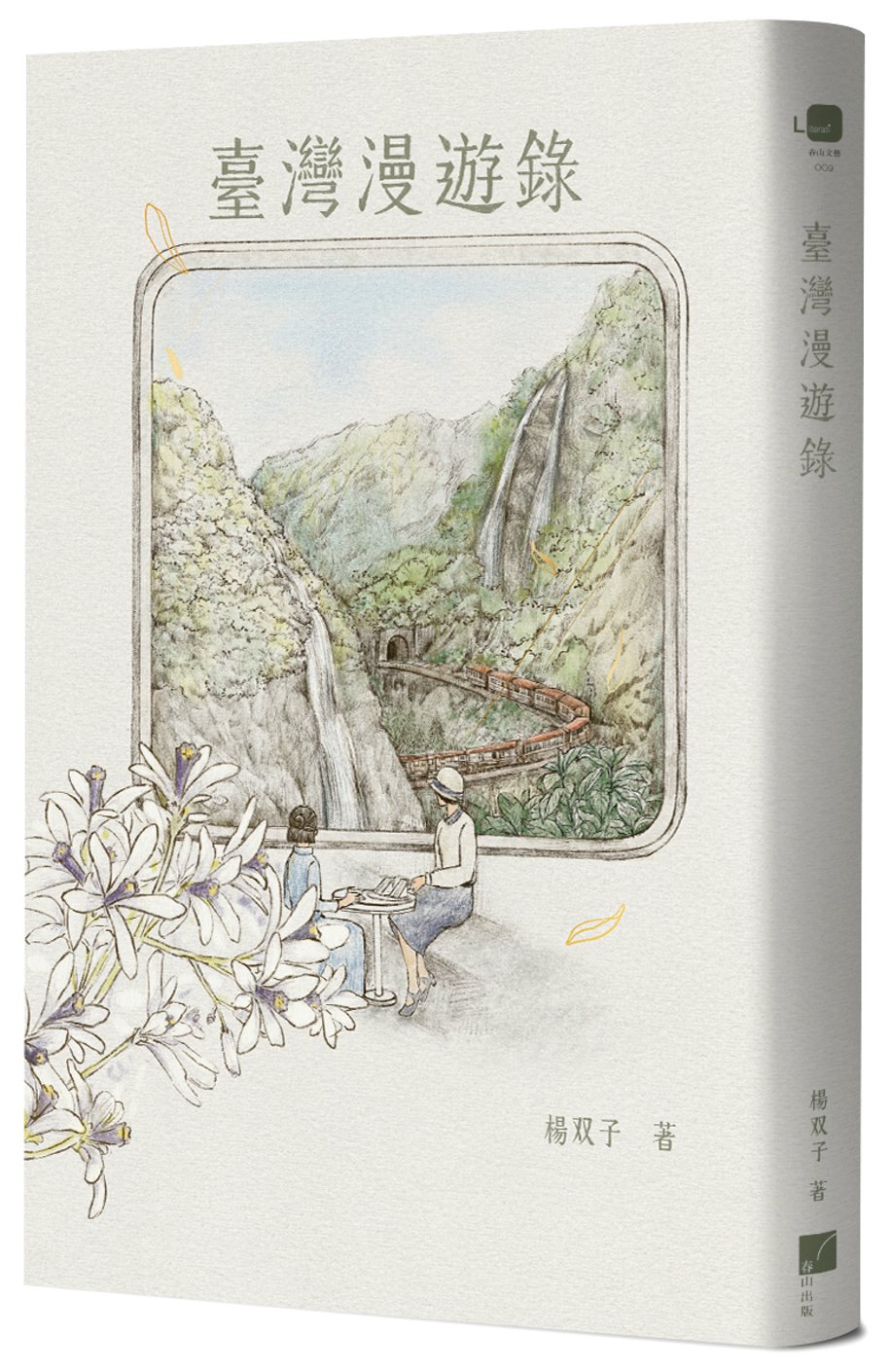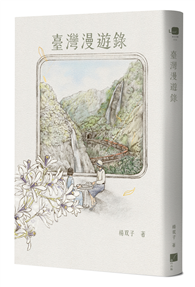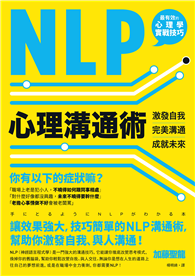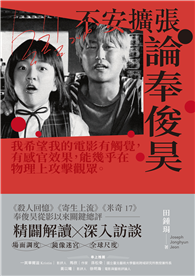| FindBook |
有 1 項符合
Roads of Oku: Journeys in the Heartland的圖書 |
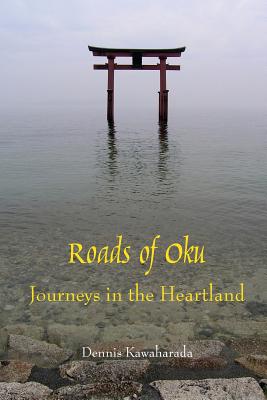 |
Roads of Oku: Journeys in the Heartland 作者:Dennis,Kawaharada 出版社:Createspace Independent Pub 出版日期:2015-09-30 語言:英文 規格:平裝 / 14.6 x 22.2 x 1.3 cm / 普通級 |
| 圖書館借閱 |
| 國家圖書館 | 全國圖書書目資訊網 | 國立公共資訊圖書館 | 電子書服務平台 | MetaCat 跨館整合查詢 |
| 臺北市立圖書館 | 新北市立圖書館 | 基隆市公共圖書館 | 桃園市立圖書館 | 新竹縣公共圖書館 |
| 苗栗縣立圖書館 | 臺中市立圖書館 | 彰化縣公共圖書館 | 南投縣文化局 | 雲林縣公共圖書館 |
| 嘉義縣圖書館 | 臺南市立圖書館 | 高雄市立圖書館 | 屏東縣公共圖書館 | 宜蘭縣公共圖書館 |
| 花蓮縣文化局 | 臺東縣文化處 |
|
|
圖書介紹 - 資料來源:博客來 評分:
圖書名稱:Roads of Oku: Journeys in the Heartland
內容簡介
“Roads of Oku: Journeys in the Heartland” is a collection of seven essays on Japanese history, culture, and literature, based on personal experiences, research, and travels in my ancestral homeland.1. “Child of History”—about my grandparents from Hiroshima and their early twentieth century immigration to Hawai’i with thousands of other Japanese settlers; the historical roots of the immigration, including the 1881 meeting between Hawaiian King David Kalakaua and Emperor Meiji in Edo (Tokyo), which laid the foundation for Japanese immigration to Hawai’i; reflections on the history that led to the 1941 attack by the Japanese navy on the US fleet anchored in Pearl Harbor, Hawai‘i, and to the 1945 US atomic bombing of Hiroshima City; visits to Gonomura and Tomo, the Hiroshima hometowns of my grandparents2. “Where Kami Alight”—about the roots of Shinto religion and the worship of the sun goddess Amaterasu and numerous other kami (deities); an overview of Shinto shrines and annual festivals and rites of passage for individuals3. “Tracking Mankai”—about the tradition of celebrating sakura, or cherry blossoms, at mankai, or full bloom; a spring 2008 journey to track mankai along two historic roads between Edo and Kyoto—the Tokaido (Eastern Sea Road) and the Nakasendo (Inland Mountain Road)4. “Fujisan and Mountain Worship”—about the worship of Mt. Fuji and other mountains in Japan; the history of shugendo, a practice of mountain asceticism combining elements of Shinto, Buddhism and Taoism5. “Roads of Oku”—about the Zen Buddhist haiku poet Basho and his famous 1689 journey from Edo to Matsushima, Hiraizumi, and Kisakata in northern Japan (Oku), then south along the Sea of Japan coast to Ogaki, near Lake Biwa6. “In Snow Country”—about the novel “Snow Country” by Yasunari Kawabata, Japan’s first Nobel literary prize winner (1968); a January 2008 visit to Snow Country to see Echigo Yuzawa, the setting of Kawabata’s novel, and to attend a winter fire festival in the snow country town of Nozawa, Nagano.7. “Hokule‘a in Yokohama”—about my summer 2007 sail into Yokohama as a crew member of the Hawaiian voyaging canoe Hokule‘a, commemorating King Kalakaua’s visit to Yokohama over a century earlier; reflections on multiculturalism, race relations, and identity in contemporary Japan through the eyes of authors such as Ryu Murakami, Haruki Murakami, and Kenzaburo Oe.The text includes 6 maps and 63 black and white photos (color photos in the forthcoming Kindle ebook version).Between 2004 and 2014, my traveling companion Karen Ono and I made a dozen journeys to Japan, to revisit places I went to on my first trip in 1970 and to go to places connected to family and ancestral histories and myths, “places ears had heard of, eyes never seen.”Inspired by the travels of the seventeenth-century poets Basho and Sora, Karen and I logged over 20,000 miles, mainly by car, across the four main islands, crossing straits by ferries and bridges—up to Cape Soya, at the northern tip of Hokkaido, and down to Cape Kasasa, at the southwestern corner of Kyushu.Narratives and photos of the journeys are online at “Roads of Oku: Travels in Japan,” in Kapi‘olani Community College’s Asian-Pacific Digital Library.“Roads of Oku: Journeys in the Heartland” is the third in a trilogy of essay collections. The first two are about journeys at home—“Storied Landscapes: Hawaiian Literature and Place” (1999) and “Local Geography: Essays on Multicultural Hawai‘i” (2004). (These first two essay collections are available from University of Hawai’i Press [http://www.uhpress.hawaii.edu/].) “Roads of Oku” connects home and ancestral homeland.
|
